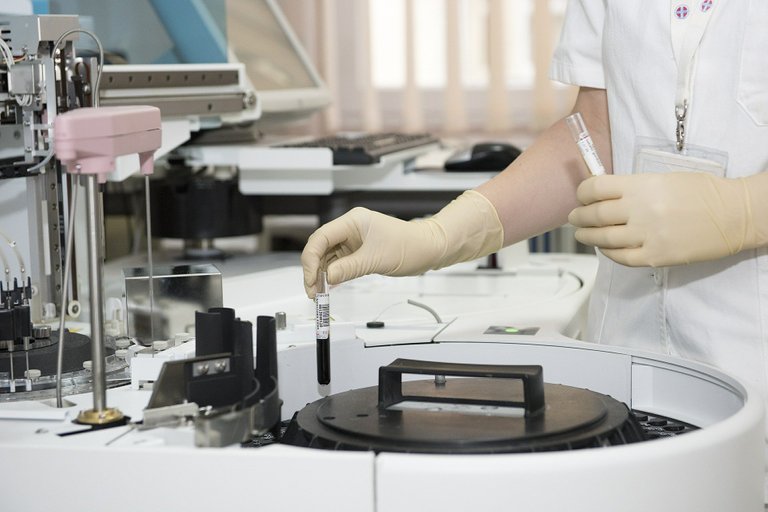Dangerous Viruses In The Wuhan Agricultural Laboratory
The virus that caused the pandemic is doubtlessly natural and most likely comes from bats. But now, research into the genetic sequences mixed in with ordinary rice sequences show that China is literally filled with dangerous coronaviruses.

Image by Darko Stojanovic from Pixabay
- Be also sure to check out my other posts and follow me @kralizec and subscribe to my Youtube channel at Kralizec Gaming Youtube Channel
Despite the pleas of many experts many governments around the globe are still ignoring genetic sequencing of the pandemic coronavirus that is required to monitor how different variants of Covid-19 spread. And it’s only becoming more and more clear how key it is to sequence and not just because of SARS-CoV-2. We are finding discoveries that are helping us understand the whole situation and could even be a warning for the future.
An international team recently announced an interesting and scary discovery of sequences of many viruses that could potentially be threatening including many so far unknown coronaviruses. But these weren’t found any bats or any other pests but from plant and animal genomes from the agricultural laboratories in Wuhan and other Chinese cities.
If any of you had the pleasure of sequencing plant genomes you know how hard this work is. Genomes of plants and especially agricultural plants are truly gigantic. It’s a Sisyphean task. But there’s also no surprise that while sequencing so many genomes you will find many different contaminations.
Daoyu Zhang – independent genetics researcher – and his colleagues searched through genetic sequences of plants such as rice or cotton and animals such as mice that were published by Chinese agricultural laboratories from 2017 to 2020. They found whole genetic sequences of known and even a number of unknown viruses. Apart from the Japanese encephalitis JEV virus they also found unknown coronaviruses from the merbecovirus group – for example the HKU4-related Merbecovirus a creature similar to MERS, then betacoronaviruses such as HKU3-related Betacoronavirus, or SARS-WIV1-like Betacoronavirus – a coronavirus eerily close to SARS.
This is not good news. And it also doesn’t suggest that the virus that caused the pandemic was created artificially. It also doesn’t suggest that the Chinese somehow manipulated coronaviruses to try to endanger the whole world. But it shows us a strange risk that nobody was counting on. Agricultural laboratories that sequence rice or cotton aren’t exactly secure and probably don’t even watch what gets in and what gets out.
What needs to be said loud is that this study hasn’t gone through peer-review yet. But you can easily find that the agricultural laboratory is part of the Huanzhong Agricultural University just 20 kilometers from the infamous Huanan Seafood Wholesale Market that probably wasn’t the place Covid-19 originated but most certainly allowed it to spread quickly.
The bad news lies in the fact that China seems to be a land filled with a crazy ecosystem of coronaviruses that are always evolving. So, most likely it’s just a matter of time before another problem arises and hopefully, we will be better prepared.
Sources:
- If you like the content I’m producing about science maybe you will like the content I produce about gaming as well! Be sure to check out my other posts!